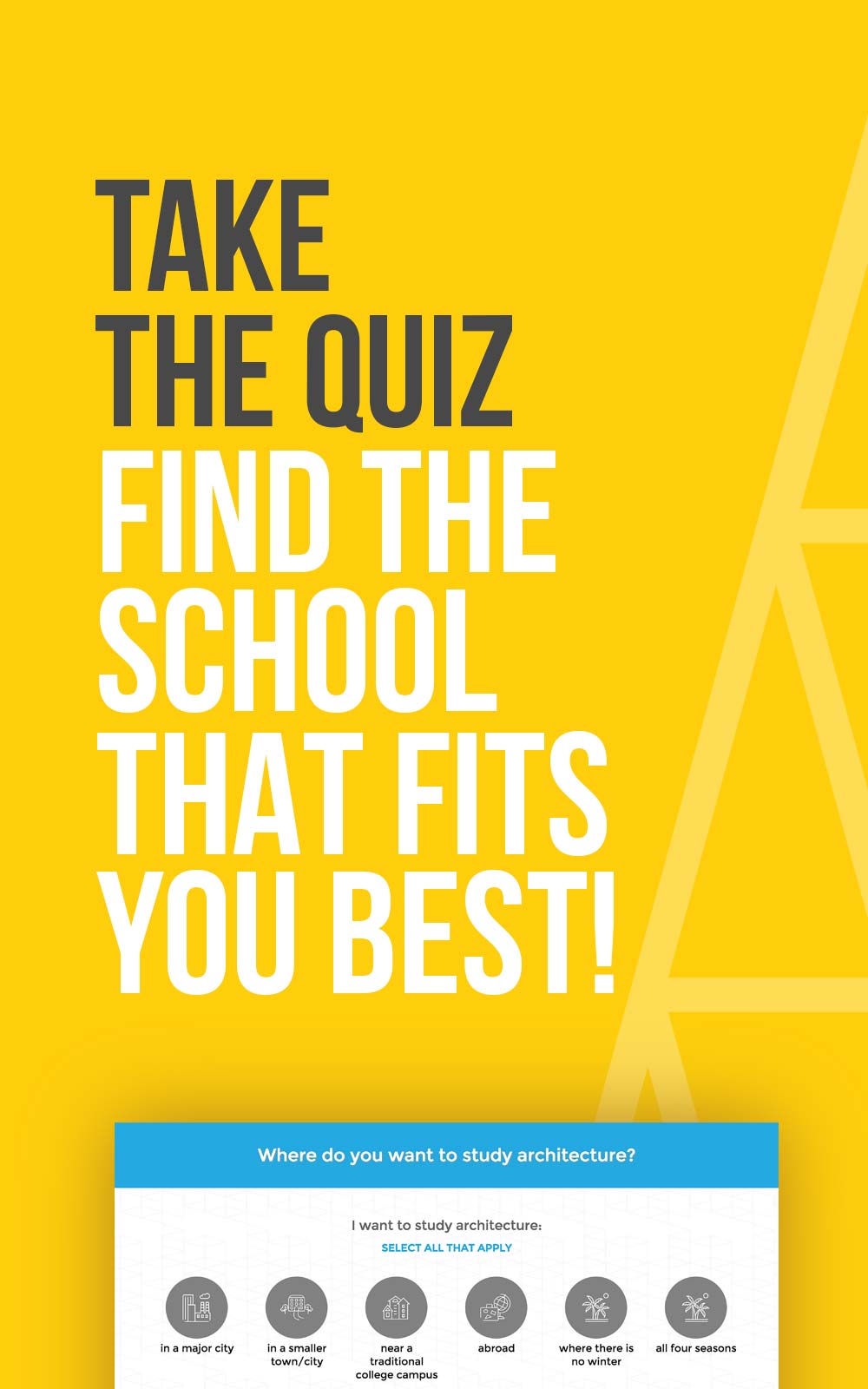Cornell Grad Builds Chatbots at Microsoft
(via Fast Company)
…
An Architect Goes Computer Crazy
You might expect the person heading up Microsoft’s chatbot project to have a PhD in AI from MIT, but Cheng’s path to directing FUSE is as circuitous as the path between Tay’s artificial neurons.
Born in Nebraska to a Chinese mother and a Japanese father in the mid-1960s, Cheng studied architecture at Cornell before moving to Tokyo in 1987. There she landed a job working at the male-dominated architecture and design firm Nihon Sikkei (despite not being able to speak Japanese). She moved on to Los Angeles, where she worked on urban design projects at Skidmore, Owings & Merrill.
By her mid-twenties, Cheng had a prestigious architecture career ahead of her. Then, a trip to New York changed her life. There, she met several prominent thinkers exploring the emerging intersection of computers, art, and design, including Red Burns, the godmother of N.Y.C.’s interdisciplinary tech scene, and several members of the nascent MIT Media Lab. She came back to Los Angeles, quit her job at SOM, and enrolled in the interactive telecommunications program under Burns at the Tisch School of the Arts at NYU.
“My parents thought I was crazy,” Cheng remembers. “They said: ‘You have this amazing, lucrative job! Who are these people you met? What are you going to do with them instead?’ And I was like, I don’t really know what these guys do. Something with computers?”
But in truth, the move wasn’t as much out of left field as it seemed at first. Computers had fascinated her since she’d gone to Cornell, one of the very first schools that embraced the PC as a design tool. “When you’re an architect, working to build cities, it’s very permanent,” Cheng explains. “I think that’s why I found computers so interesting. When you design on a computer, you turn it off, and it’s just not there anymore.”
Early Days at Microsoft
After Cheng graduated from Tisch in 1993, she joined Microsoft, where she became a member of the team building out Windows 95. There, her expertise in both architecture and computer science quickly proved an asset.
“Working on Windows felt like an urban design project,” Cheng says. She says that like architecture, designing an operating system is all about the interplay of structures (software), systems (UI/UX), and open spaces (the desktop). “You have to be dynamic about how all these pieces come together into a bigger system, just like in a city, while asking yourself simple questions like, where do people gather, and how can we make what we’re building beautiful to sit in?” she says.
…
See more about the Cornell University Architecture Program here!
—
(via Fast Company)




